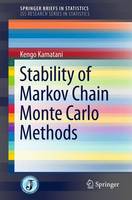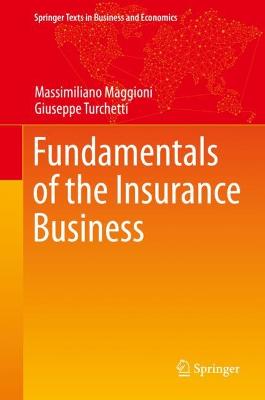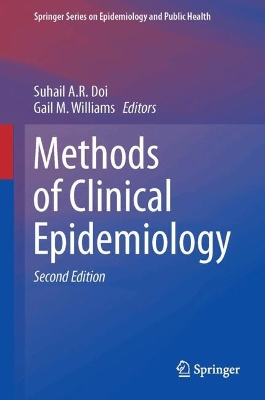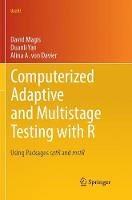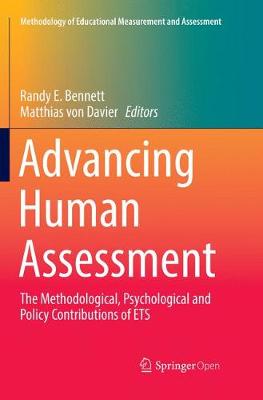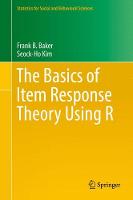Basics of Item Response Theory Using R
 -15%
portes grátis
-15%
portes grátis
Basics of Item Response Theory Using R
Baker, Frank B.; Kim, Seock-Ho
Springer International Publishing AG
07/2018
174
Mole
Inglês
9783319853437
15 a 20 dias
454
Descrição não disponível.
Introduction.- Getting Started.- 1. The Item Characteristic Curve.- 2. Item Characteristic Curve Models.- 3. Estimating Item Parameters.- 4. The Test Characteristic Curve.- 5. Estimating an Examinee's Ability.- 6. The Information Function.- 7. Test Calibration.- 8. Specifying the Characteristics of a Test.- Appendix A: R Introduction.- Appendix B: Estimating Item Parameters under the Two-Parameter Model with Logistic Regression.- Appendix C: Putting the Three Tests on a Common Ability Scale: Test Equating.- References.- Index.
Este título pertence ao(s) assunto(s) indicados(s). Para ver outros títulos clique no assunto desejado.
ability parameter;binary items;classical test theory;dichotomously scored;difficulty parameter;discrimination parameter;guessing parameter;information function;invariance principle;item characteristic curve;item response theory;logistic model;maximum likelihood estimation;one-parameter model;probability of correct response;Rasch model;test calibration;test characteristic curve;three-parameter model;two-parameter model
Introduction.- Getting Started.- 1. The Item Characteristic Curve.- 2. Item Characteristic Curve Models.- 3. Estimating Item Parameters.- 4. The Test Characteristic Curve.- 5. Estimating an Examinee's Ability.- 6. The Information Function.- 7. Test Calibration.- 8. Specifying the Characteristics of a Test.- Appendix A: R Introduction.- Appendix B: Estimating Item Parameters under the Two-Parameter Model with Logistic Regression.- Appendix C: Putting the Three Tests on a Common Ability Scale: Test Equating.- References.- Index.
Este título pertence ao(s) assunto(s) indicados(s). Para ver outros títulos clique no assunto desejado.
ability parameter;binary items;classical test theory;dichotomously scored;difficulty parameter;discrimination parameter;guessing parameter;information function;invariance principle;item characteristic curve;item response theory;logistic model;maximum likelihood estimation;one-parameter model;probability of correct response;Rasch model;test calibration;test characteristic curve;three-parameter model;two-parameter model

